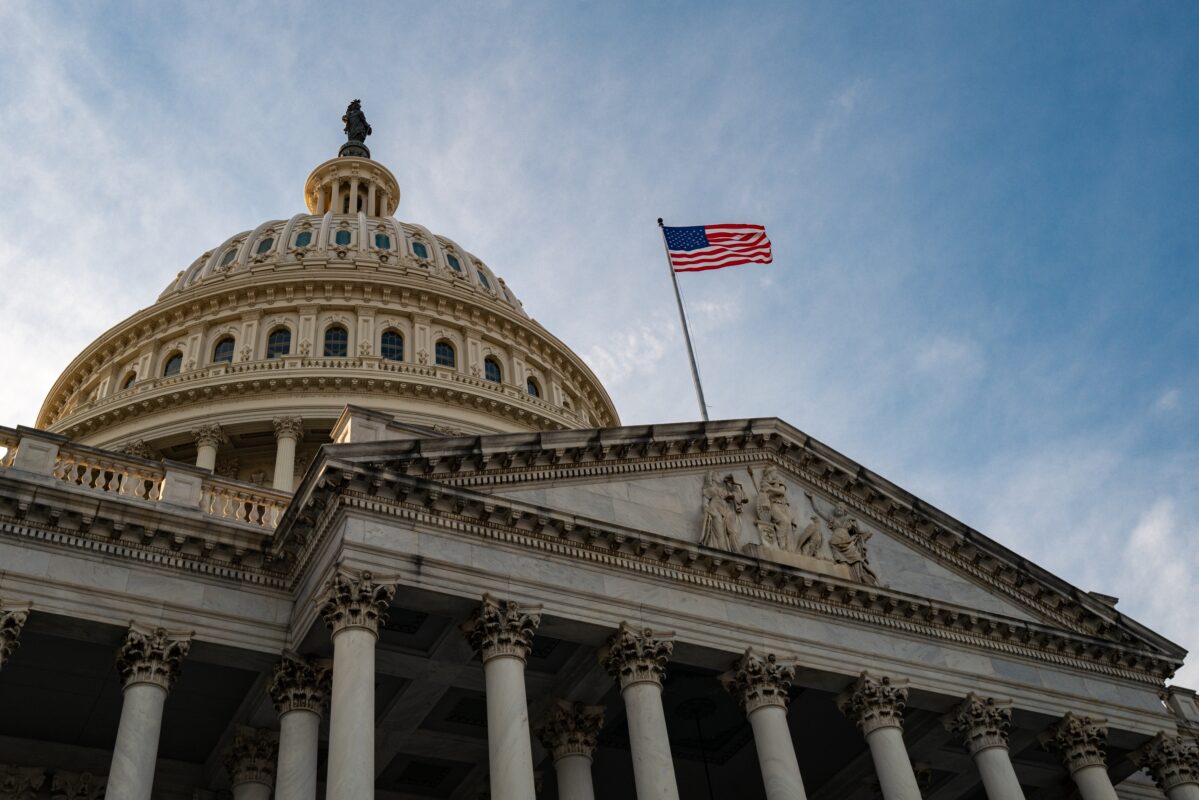The American Academy of Audiology, Academy of Doctors of Audiology (ADA), and American Speech-Language-Hearing Association (ASHA) are pleased to announce the introduction of the Medicare Audiology Access Improvement Act (MAAIA), S. 1996, in the United States Senate! We applaud Senators Elizabeth Warren (D-MA), Rand Paul (R-KY), and Chuck Grassley (R-IA) for championing this legislation to remove unnecessary barriers to access to audiology services for seniors and other Medicare Part B beneficiaries.
The Medicare Audiology Access Improvement Act (H.R. 2757/S. 1996) will:
- Eliminate pre-treatment order requirements so beneficiaries have streamlined access to audiologists, saving seniors out of pocket costs for extra office visits.
- Support continuity of care by authorizing audiologists to be reimbursed for the Medicare-covered diagnostic and treatment services that they are licensed to provide.
- Reclassify audiologists as practitioners under the Medicare statute, enabling services to be furnished through telehealth beyond the current September 30, 2025, expiration of such authority.
We look forward to working together and with bill champions to advance the Medicare Audiology Access Improvement Act in Congress, so that Medicare Part B beneficiaries have timely access to the audiology care that they need, when they need it the most.
Recent Posts
Academy Files Rulemaking Petition to Restore ABA Language in VA Regulations
Earlier last year, the Virginia Board of Audiology and Speech-Language Pathology finalized regulatory changes intended to streamline licensure by removing direct ties between certification and…
Congress Needs to Hear From Audiologists on Student Loan Access
The Professional Student Degree Act, H.R. 6718, introduced by Representative Michael Lawler (R-NY), was introduced in mid-December. This bill reaffirms audiology’s status as a professional…
Why Wild Animals Don’t Have Floppy Ears
In 1959, a scientist began a domestication experiment with silver foxes. Critics believed the experiment was, at the very least, too ambitious (if not outright…


